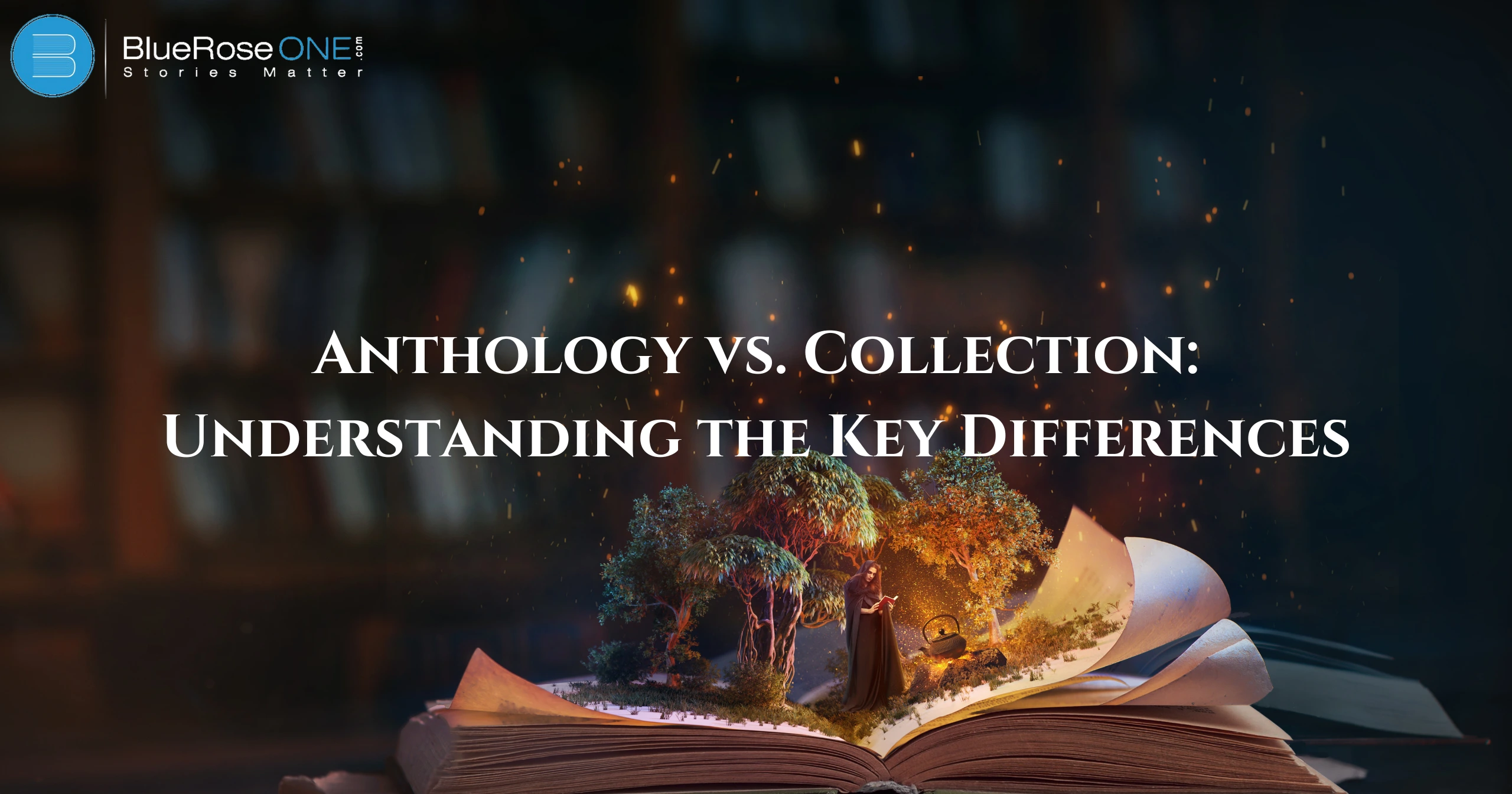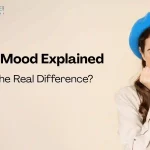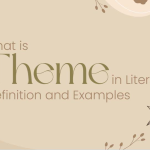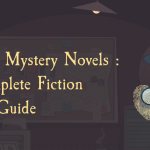When you step into the world of literature, you’ll often encounter the terms “anthology” and “collection”. These words may seem interchangeable at first glance, but they embody distinct concepts in the literary landscape. Understanding the differences between the two can enrich your reading experience and inform your writing decisions. Let’s dive deeper into what sets these two formats apart.
What Are Anthologies and Collections?
You may also like: List of 10 Best Libraries in Doncaster for Bookworms
What is Anthology?
Examples of Anthologies
Some celebrated anthologies include The Best American Short Stories, which features a selection of the year’s finest stories, and The Penguin Anthology of Twentieth-Century Poetry, highlighting influential poets and movements.
What is a Collection?
A collection is a collection of works that are collected together and usually have a common theme or subject. A collection emphasizes the unique voice and style of a single author, as opposed to anthologies, which include works by several authors. Collections give readers a better understanding of the author’s creative spectrum and may contain essays, poems, short tales, or other literary works. To appreciate how various authors convey their thoughts, one must be aware of the difference between collections and anthologies.
You may also like: List of Top 10 Nikita Singh Books of All Time
Examples of Collections
Examples include Interpreter of Maladies by Jhumpa Lahiri, which beautifully weaves together stories exploring the Indian-American experience, and The Complete Poems by Emily Dickinson, which gathers her life’s work in poetry.
You may also read: How AI Writing Software Can Affect Your Writing | BlueRoseOne.com
Key Differences Between Anthologies and Collections
Curatorial Approach
One of the primary differences between collections and anthologies is the curatorial approach. In order to create a varied reading experience, an editor usually curates an anthology by choosing pieces from a variety of authors around a main theme or issue. A collection, on the other hand, includes writings by a single author that highlight their distinct voice and style. While collections provide a more in-depth look at a single writer’s creative process, anthologies allow readers to explore a variety of viewpoints. Knowing this distinction is crucial when choosing between collections and anthologies for your reading list.
Authorial Intent
Thematic Unity vs. Diversity
Reader Experience
You may also read: What is a Pen Name? Step by Step Guide for New Authors
When to Use Each Format
Choosing the Right Format for Your Writing
Reader Expectations
The key to choosing between an anthology and a collection is knowing what the reader expects. Collection readers frequently anticipate a coherent collection of writings that examine recurrent themes or styles and are typically written by a single author. Readers can delve deeper into a single creator’s voice and viewpoint through collections. Anthologies, on the other hand, compile writings from several authors, providing a range of viewpoints and styles centered around a single subject. Readers seeking diversity and varying perspectives on a common subject are drawn to anthologies.
You may also like: What is Plot Structure? Definition with Examples
Conclusion
Frequently Asked Questions
An anthology features works by multiple authors, while a collection is composed of works by a single author.
















